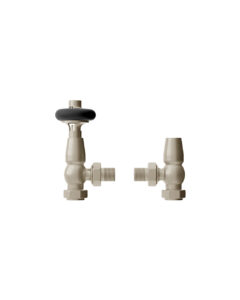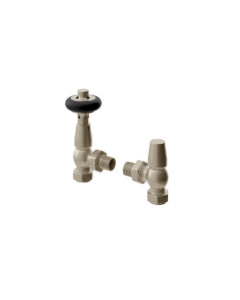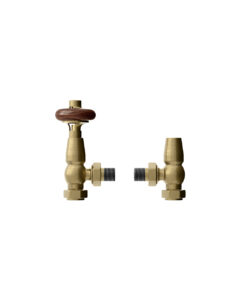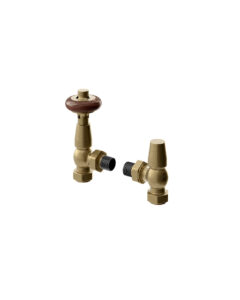Choose from our collection of TRV Radiator Valves
Our TRV radiator accessories represent one of the pinnacles of heating control technology. These valves and our other accessories offer homeowners precise temperature management, allowing you to tailor the warmth in each room with ease. Stelrad TRVs are designed for efficiency, helping to reduce energy consumption and lower heating bills.
What sets us apart is the attention to detail in our TRV design. Crafted for both functionality and aesthetics, these valves seamlessly integrate into your radiator system while enhancing the overall look of your home. With user-friendly controls and robust build quality, our TRVs exemplify their commitment to innovation and quality in the world of home heating.
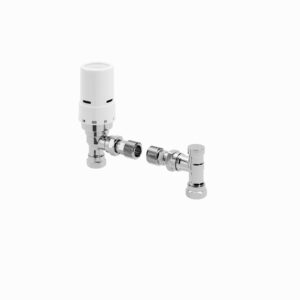

The Stelrad TRV Angled is available for the following horizontal products: Classic Compact, Classic Compact XP,...
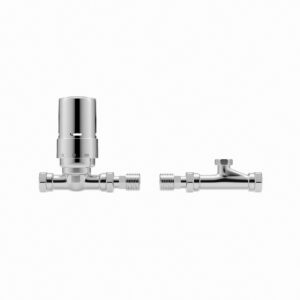
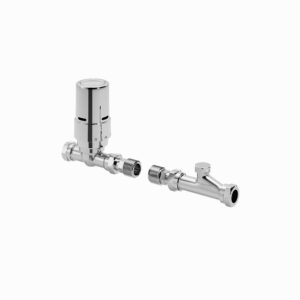
The Stelrad TRV Straight is available for the following horizontal products: Classic Compact, Classic Compact XP,...
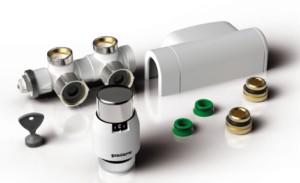



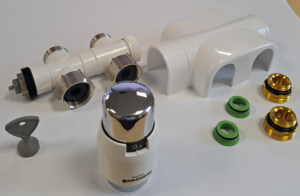

RADIATOR TRV FAQS
What is a TRV?
A Thermostatic Radiator Valve (TRV) is used to control the air temperature of a room by automatically adjusting the amount of hot water that enters the radiator they are attached to. Whether you want to create a different temperature in different rooms, depending on personal preferences, or you just want to introduce a more cost-effective heating system, the addition of TRVs on radiators gives you full control.
How does a radiator with a TRV work?
The TRV mechanism consists of a valve head which will either expand or contract as the temperature in a room changes, shifting a pin which sits in the valve body. To meet the desired temperature that you have pre-set, the TRV valve will open or close to allow the hot water to enter the radiator and heat the room, or prevent the hot water from accessing the system. The main benefit of thermostat radiator valves is their responsiveness, continually adapting to any temperature fluctuations so you can enjoy consistent warmth in your home.
Are radiators with a TRV energy efficient?
By introducing TRV heating controls into your home, the system will automatically kick in as and when needed, stopping once your preferred temperature is met. Those who introduce TRVs on radiators have noticed significant savings on their energy bill, with the cost of heating drastically reducing for a more cost-effective solution that not only saves money, but keeps your home at a comfortable temperature.
Which radiator valves should I use?
It is advisable to use a Thermostatic radiator valve and lock shield valve on radiators. Certain radiators can be installed with a centre tap Thermostatic radiator valve and Lock shield valve combined, with many radiators requiring a single Thermostatic radiator valve and lock shield valve. We also have left or right angled centre tap TRV valves, so if you are not sure which is the right one for your radiator needs, then please contact us.


